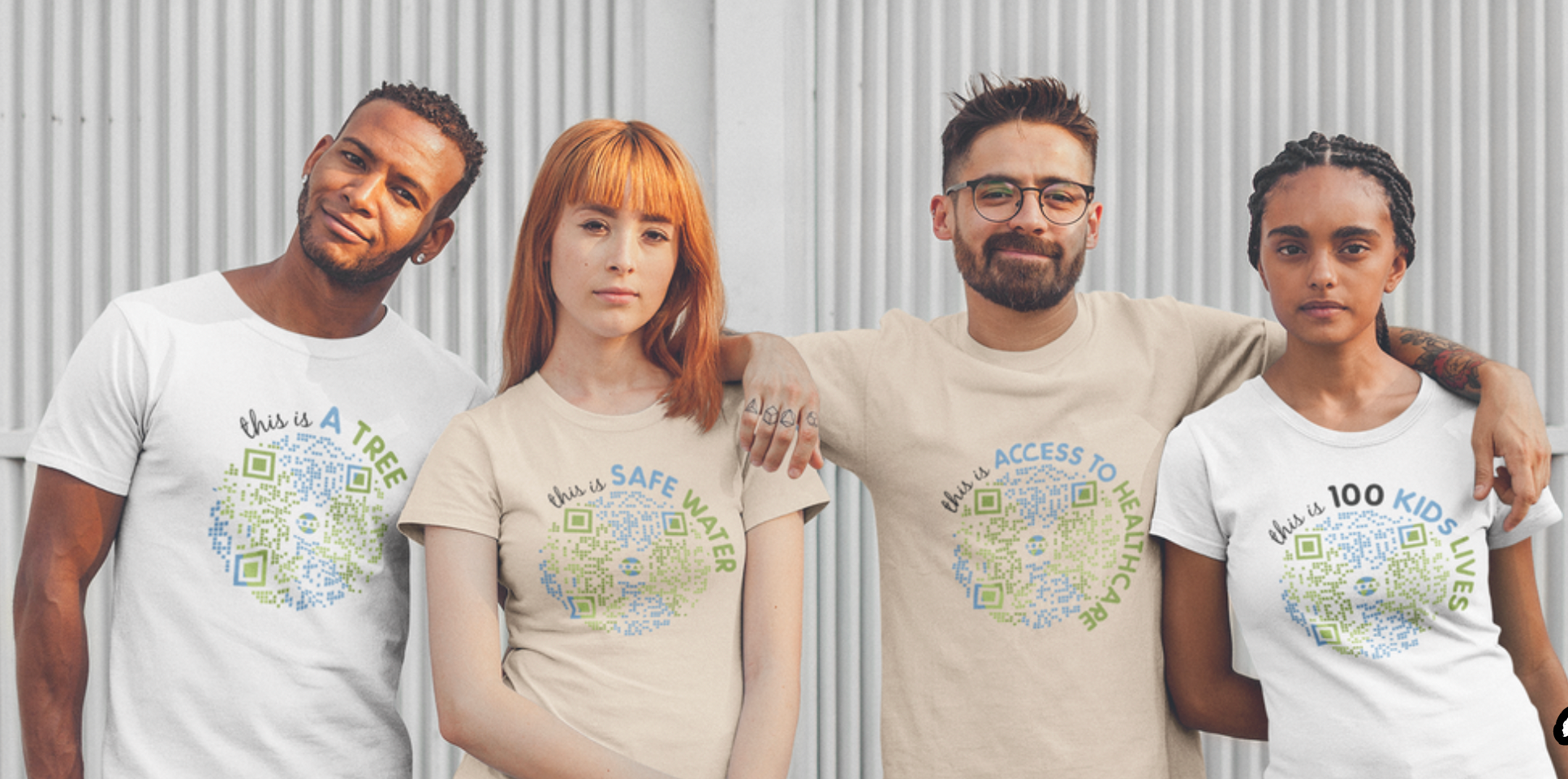
Introducing "This is..." collection by BOAS
At the point in history when we have both - Amazon ending its charity donation program AmazonSmile due to its low profitability and Yvon Chouinard giving away $3 billion worth of Patagonia to fight climate change, one thing becomes clear - there is a choice.
BOAS has repeatedly called for companies to start donating all their profits.
We have been competing as a Profit for Good company in the competitive market of sustainable goods because we think that is the best way to direct funds towards charities rather than profit-driven shareholders. Today, we once again choose planet by introducing our new collection. Using print-on-demand method instead of producing in bulk. Replacing fast fashion with sustainable production. Featuring a good cause rather than a vain logo.
“This is…” our choice.
If you try typing “top 10 most expensive t-shirts in the world” in Google, among the results you will find a 23 thousand dollar Supreme Donald Trump T-Shirt alongside a 91 thousand dollar Hermès T-shirt made from crocodile skin. Now read that again. 
The way we value fashion pieces is not only distorted but also irrational. This must change.
The coming weeks will feature the biggest fashion brands in the world as they take center stage in the fashion hubs of Paris, London, New York, and Milan. Even if those two aforementioned examples are extreme cases, you cannot ignore the fame and attention luxury brands get. However, if you stop and think, these clothes in and of themselves are far away from having such value. A shirt is simply a piece of cloth. Right? However, NYFW is attended by more than 230k people annually, with 15-minute shows costing anywhere from $200k to $1 million.
This goes to show that people pay thousands for luxury t-shirts not because of their initial worth but because of what it sells - a boost of social status, an illusion of worth, and brand membership.
A few mouse clicks away, you can buy a similar-looking H&M T-shirt for $3 or $5. A shirt that involves processes of estimating raw materials, sourcing fabric, checking trims, pattern making, cutting, stitching, quality checking, pressing, folding, tagging, and packing.
According to the Guardian, the largest fashion brands not only fail to properly pay workers throughout the pandemic but also exposed them to increasing production targets. It is quite obvious that the true cost of such items is way bigger than this but it is usually underpaid workers and the environment that receives the rest of the bill.
However, shareholders owning the fast fashion companies want us not only to never think about the true cost of fashion but they want to make sure that we constantly desire to buy more. We might assign zero monetary value to the shirt we bought last week simply because it is no longer trendy and we want another one or because the ad we saw on the billboard tells us so.
Introducing BOAS’s “This is…” collection
Luxury t-shirts being sold for thousands of dollars likely result in lots of profit. In a world with big problems that money can help solve, we’d prefer to see t-shirts where the profits go to, let’s say, saving lives or restoring nature rather than the über rich owners of existing luxury brands.
These t-shirts don't exist, so we created them, including the world’s most expensive t-shirt. (Spoiler alert, that shirt will save a hundred kids’ lives.)



It is time to change the way consumers value their wardrobes.
Currently, we value clothing based on the brand it comes from instead of what kind of impact it has on our planet. Why is it cooler to have “famous luxury brands we can’t name because we might get sued” written on your t-shirt rather than the fact that you’ve planted 100 trees, saved a life, or built a bridge? What if we would buy for good rather than for trend? What if buying a t-shirt would allow you to save a kid from malaria or to build a school instead of gaining some meaningless social status or just a t-shirt that you will throw away after a week to buy a new one?
The “This is…” collection is exactly about that.






















